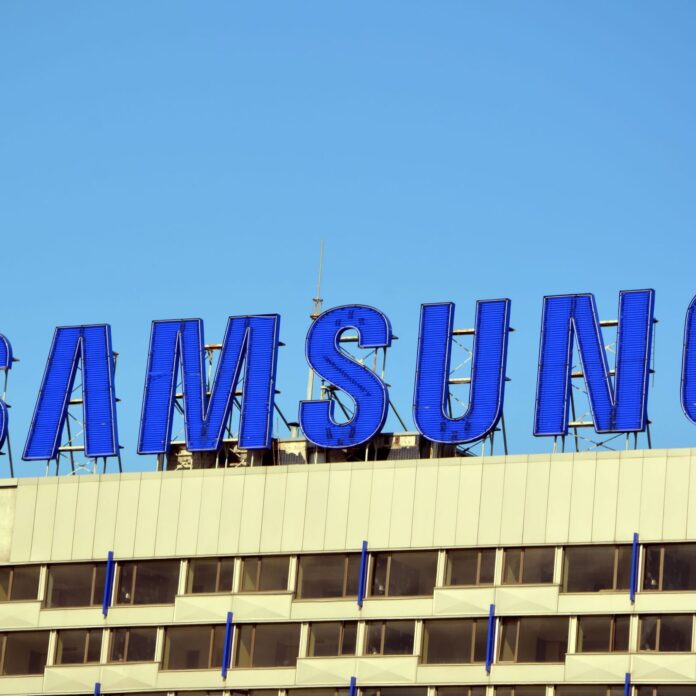LOS ANGELES – This week, at Mobile World Congress Los Angeles (MWC LA), Samsung Electronics unveiled two new Massive MIMO radios, both of which are dual-band. The first is the C-Band/CBRS Dual-band 16T16R Massive MIMO Radio that integrates with the company’s virtualized Radio Access Network (vRAN), and the second is the AWS/PCS Dual-band Massive MIMO Radio, which is the first Frequency Division Duplex massive MIMO radio that the company has developed.
When it comes to the C-Band/CBRS dual-band radio, Alok Shah, Samsung’s VP of strategy, business development and marketing for the company’s networks business, told RCR Wireless News it was sort of an obvious choice.
“The two spectrum bands are next to each other and we’re finding that oftentimes, they’re being deployed in the same locations,” he said. “So, it’s an opportunity for the operator to reduce the amount of equipment that they’re putting at those sites and […] leverage wider bandwidth and get more data throughput.”
With support for both C-Band and Citizens Broadband Radio Service (CBRS) bands in one unit, the new solution offers a simplified way for operators to support two mid-band spectrums at once. By leveraging the wide bandwidth support, operators can aggregate these spectrum bands, maximizing network capacity.
Ultra-lightweight and compact, the unit comes in at only 30lbs, and is equipped with Samsung’s in-house built chipset.
In a statement, Wonil Roh, senior VP and head of product strategy, Networks Business at Samsung called C-Band and CBRS “the mid-band sweet spots,” adding that they “provide a perfect combination of coverage and capacity for 5G.”
As mentioned above, the second addition to Samsung’s portfolio, the AWS/PCS (Advanced Wireless Service/Broadband Personal Communications Service) Dual-band Massive MIMO Radio, is notable because it is for FDD spectrum, as opposed to Time Division Duplex (TDD) spectrum.
FDD and TDD are two different spectrum usage techniques employed by mobile operators. While FDD uses separate frequencies for the uplink and the downlink, TDD uses a single frequency for both uplink and downlink, and therefore, they transmit at different times, making it more suitable when paired spectrum is not available. In general, FDD is considered better for coverage, while TDD is better for capacity.
“To date,” Shah explained, “most of the massive MIMO work has been in TDD spectrum. But if you look at what’s out there, a lot of it is FDD spectrum, so we are excited to bring Massive MIMO technology to more of the radios that the operators already have deployed and will be upgrading in the coming years.”
He added that the combination of AWS and PCS spectrum is key, as well, because these are the operators’ “workhorse spectrum.”
The AWS/PCS radio delivers a high output power — 320W — in a small form factor and houses the company’s latest System-on-a-Chip, which is built to improve network capacity and coverage, while decreasing its power consumption and radio size.

